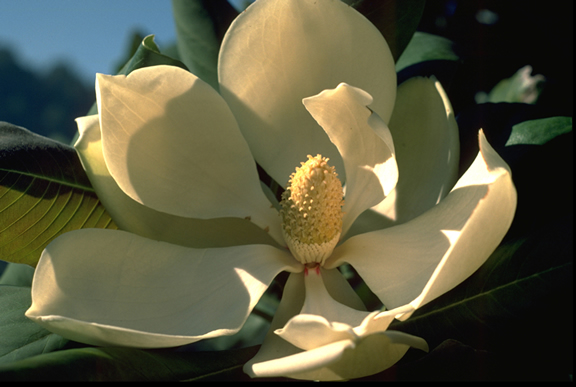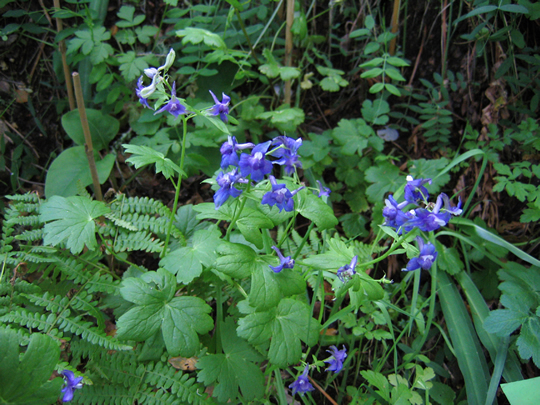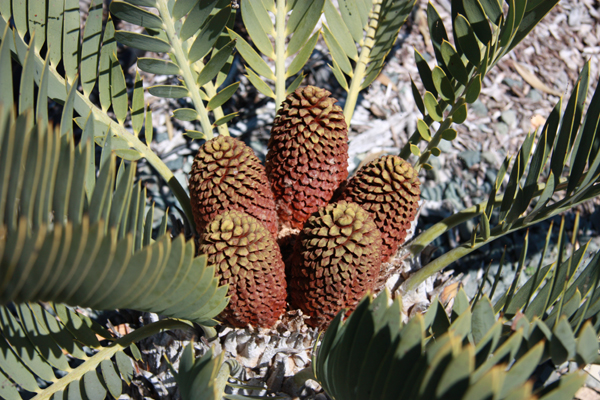UC Botanical Garden

The University of California Botanical Garden was formally established in 1890 on the central campus and moved to Strawberry Canyon in the early 1920s. The Garden is a research museum open to the public year round, displaying a notably diverse plant collection. Over 12,000 different kinds of plants, including many rare and endangered species, are cultivated by region of origin in naturalistic landscapes and in ethnobotanical collections on 34 acres.
The Garden holds one of the most taxonomically diverse collections in the United States, with the largest known percentage of documented wild origin materials. The California collection, which contains about 25% of the state’s flora, is the largest of its kind in the world. The North American Plant Collections Consortium, a program of the Agricultural Research Service (USDA) and the American Public Gardens Association recognizes the excellence of four Garden collections (oaks, magnolias, cycads, and ferns).

Research
The documented wild-origin of the collections facilitates their use for many areas of plant research, from discerning evolutionary relationships to climate change responses. Plant materials are sent all over the world to support research projects. Publications resulting from use of the collection are posted on the Garden’s web site.
Teaching
The collection is used for numerous university courses, as well as for those of many local colleges and universities. Docents provide interpretation for these courses and for 1,000s of K-12 students annually. Docents develop outreach programs for local K-6 schools, such as “Grocery Store Botany.” K-12 science curricula are developed at the Garden and presented in teacher training programs, as well as in publications (Botany on Your Plate; Math in the Garden) Public programs are offered for all age groups. Interpretive publications include seasonal self-guided tours, and brochures on Chinese medicinal herbs (in English and in Mandarin), California serpentine habitats, and tropical plants. Introductory signage about each major geographic collection is strategically placed to enhance visitor experience.

Conservation
The Garden is a participant in several conservation organizations, including the national Center for Plant Conservation and Botanic Gardens Conservation International. The Garden has primary stewardship responsibility for many highly endangered California native plants through the Center for Plant Conservation, and performs ex situ conservation of non-native endangered species from other parts of the world. The Garden is a Plant Rescue Center for the US Fish & Wildlife Service, providing refuge for illegally imported plants. In addition, the Garden is a local refuge for wildlife. These include a breeding colony of California and rough-skinned newts, Pacific chorus frogs, and many nesting bird species.
